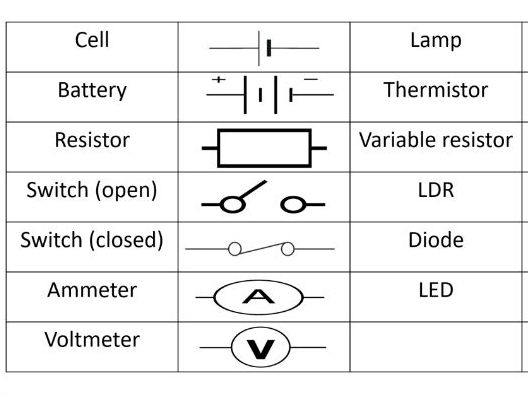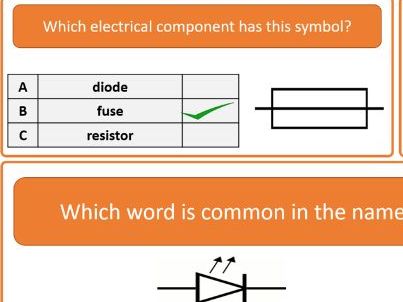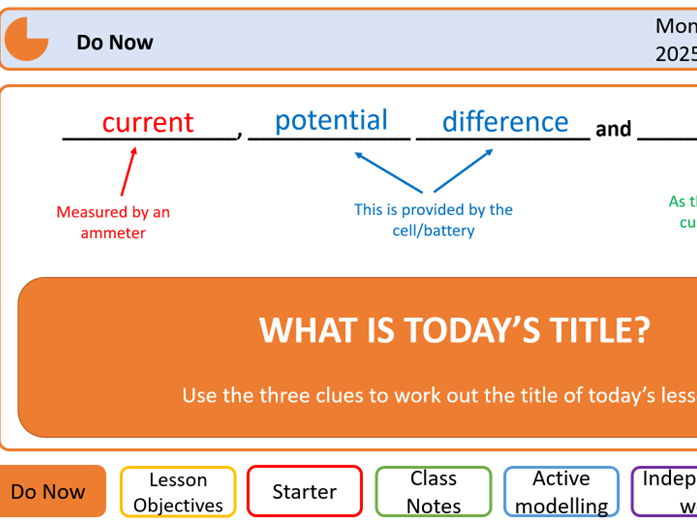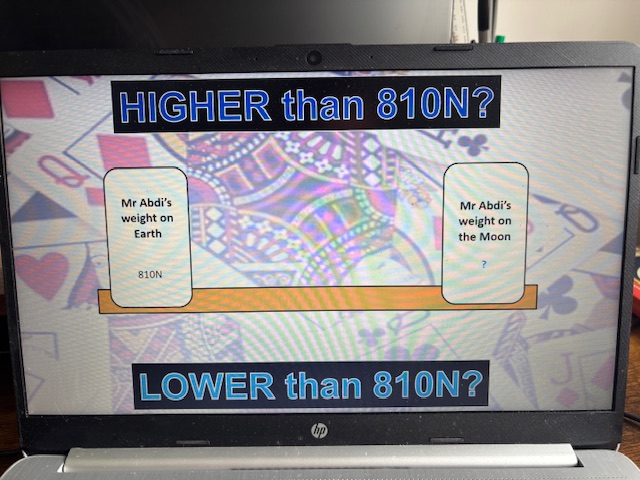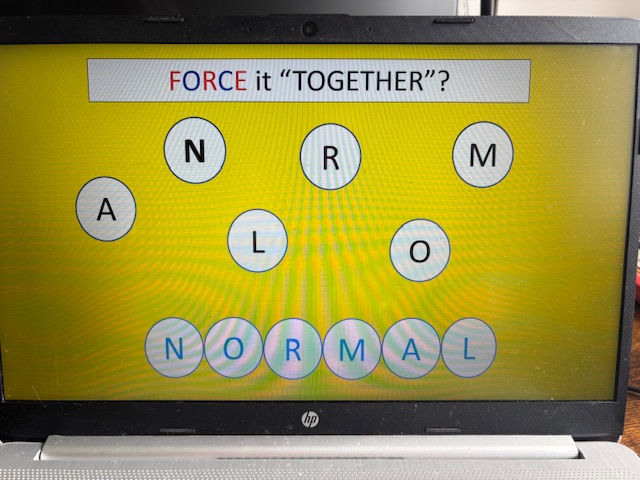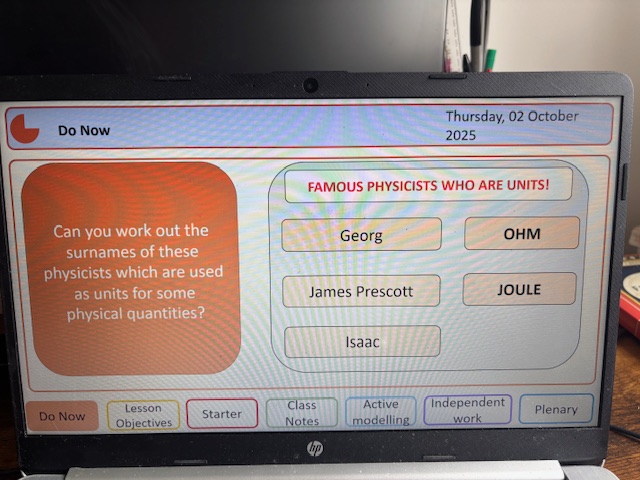GJHeducation's Shop
A Science teacher by trade, I've also been known to be found teaching Maths and PE! However, strange as it may seem, my real love is designing resources that can be used by other teachers to maximise the experience of the students. I am constantly thinking of new ways to engage a student with a topic and try to implement that in the design of the lessons.













